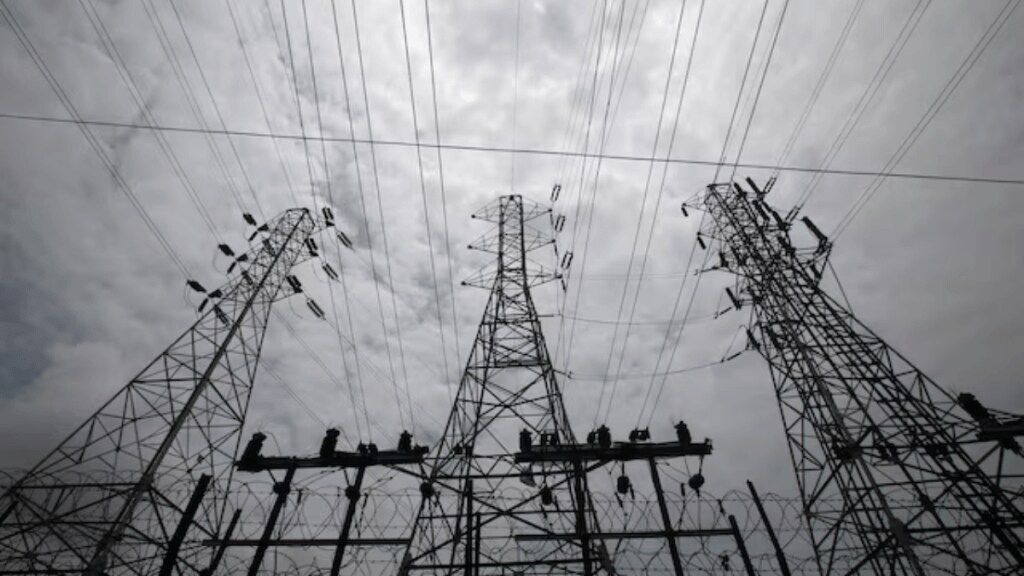India’s plan to preempt a crisis of electricity shortage by quickening the capacity addition across the value chain is facing a hurdle, with as many as 32 transmission projects entailing investments of Rs 44,254 crore being already or likely to be delayed.
According to data from the ministry of statistics and programme implementation, as of April 2024, of the 50 large projects worth Rs 60,439 crore being implemented by the Power Grid Corporation of India (PGCIL), 18 with total value of Rs 29,300 crore are facing an average delay of 32 months. Another 8 projects bid out by the state-run entity under the Tariff Based Competitive Bidding (TBCB) route with total value of Rs 8,755 crore are reporting an average delay of 12 months.
Analysts feel the delay in transmission-system projects and inefficiency in supply is likely to widen the country’s power deficit by 2032.
“Delays in implementation of transmission projects would render new generation capacity ineffective. This would in turn hit the country’s ability to meet peak power demand, particularly in the current scenario where climate change is leading to longer heatwaves,” said Indu Shekhar Chaturvedi, Director General, Electric Power Transmission Association.
As per Central Electricity Authority’s draft plan, the country requires investments of Rs 4.75 trillion by 2027 for developing its transmission infrastructure, including lines, substations, and reactive compensation. The plan includes 170 transmission schemes with a total estimated cost exceeding Rs 3.13 trillion for inter-state transmission and around Rs 1.61 trillion for intra-state systems.
PGCIL holds over 80% of the country’s transmission projects. The share of private companies is increasing gradually, thanks to the TBCB route.
Growth in economic activity, increase in per capita consumption, and rising temperatures has pushed India’s electricity demand to unprecedented highs this year. Peak demand for power touched 250 gigawatt (GW) in May this year, registering an increase of almost 13% from a year ago. It is now expected to increase to 260 GW in September or October.
Anish Mandal, Partner with Deloitte estimates the peak power deficit to touch 35 GW by 2032 due to inadequate installed capacity. He notes that the quantum of deficit will depend on the rate at which the demand grows.
“Deficits are more certain because we do not have adequate supply. It’s not about coal availability anymore, it’s about installed capacity not being there. We already have seen some 8-9 Gws of deficits earlier. That is going to continue and only increase till 2032,” Mandal said. “Estimated peak deficit will be somewhere around 35 GW by 2032 or could be even higher.”
Inefficient power evacuation infrastructure and delay in transmission projects is likely to add to the worry of increasing power shortages.
“Each of the states, especially renewable energy-rich states, needs to come up with a corresponding plan for evacuation infrastructure, when it comes to connecting generating centers to the load centres or at least the ISTS (Inter State Transmission System) connections,” Mandal said.
He highlighted that the state transcos are developing their own plans and developing the lines and are giving EPC contracts. “There is a reform which we would like to see where states are also opening up to PPP transmission projects and going for competitive procurement,” he said.
“Unless we have resource adequacy being implemented and enforced by the regulators and the state, the state needs to confirm that they have a contract and come out with tenders, we are only going to increase our deficits,” said Mandal.
The country’s power demand has risen over 9% in terms of megawatt and by almost 11% in terms of billion units in the first quarter of the current financial year against Q1FY24, the power secretary has earlier said.
Growth in the peak demand for power has been 5-6% in the last ten years. This has however increased to 8-9% in the last three years. Analysts now expect the peak power demand to grow at a compound annual growth rate of 11%.
“There is a sharp increase in adverse weather events. And most of the transmission and distribution systems do not have preparedness for such events. Funding and creation of climate resilient power infra is a segment where we can see the government focusing on in the upcoming Budget,” said Anujesh Dwivedi, partner at Deloitte India.
India’s cumulative installed power capacity as of June 30 stands at 446.2 GW comprising 242.9 GW of thermal and 195 GW of renewable energy. “Even if we add thermal capacities, still there will be lots of deficit as we have not been able to add renewables as required. 40-45 GW of renewable is what we require to add annually but have not been able to,” Mandal said.


